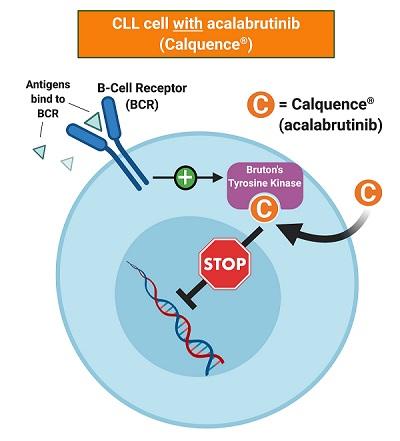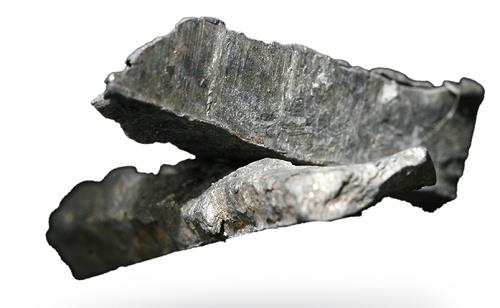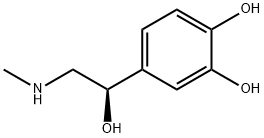Uses of Epinephrine
Dec 22,2021
Epinephrine stimulates both the alpha- and beta-adrenergic systems, causes systemic vasoconstriction and gastrointestinal relaxation, stimulates the heart, and dilates bronchi and cerebral vessels. It is also used as a vasoconstrictor, cardiac stimulant, or bronchodilator to counter allergic reaction, anesthesia, and cardiac arrest. Epinephrine is used to treat severe allergic (anaphylactic) reactions because it can prevent or minimize the effects of histamine. It is also an antiglaucoma agent.
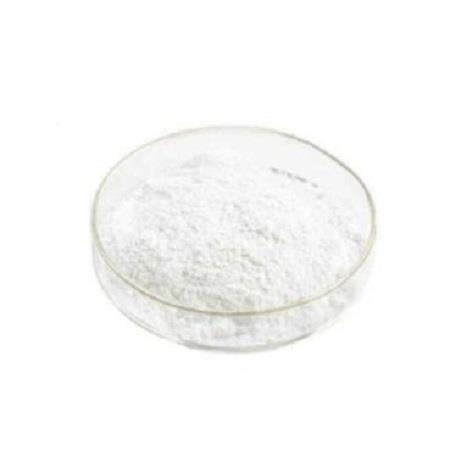
Mechanism
Epinephrine is available in nebulized racemic dosage form for inhalation.Intoxication from catecholamine usually results from iatrogenic overdoses, accidental intravenous administration, and the injection of solution intended for nebulization. High concentrations of dopamine present inside of a cell than there are vesicles to store it in, oxidative stress can occur and cause damage or death to the cell. It is thought that dopamine overload causes biochemical damage to cellular mitochondria, that provide the cell with all of the energy it requires to function, resulting in death of the cell. Catecholamines produced circulatory changes that reversed propofol anesthesia in animal models.
Uses
As a medication, Epinephrine is used to treat a number of conditions including anaphylaxis, cardiac arrest, and superficial bleeding.Inhaled adrenaline may be used to improve the symptoms of croup.It may also be used for asthma when other treatments are not effective. It is given intravenously, by injection into a muscle, by inhalation, or by injection just under the skin.Common side effects include shakiness, anxiety, and sweating. A fast heart rate and high blood pressure may occur. Occasionally it may result in an abnormal heart rhythm. While the safety of its use during pregnancy and breastfeeding is unclear, the benefits to the mother must be taken into account.
A case has been made for the use of adrenaline infusion in place of the widely accepted treatment of inotropes for preterm infants with clinical cardiovascular compromise. Although there is sufficient data which strongly recommends adrenaline infusions as a viable treatment, more trials are needed in order to conclusively determine that these infusions will successfully reduce morbidity and mortality rates among preterm, cardiovascularly compromised infants.
Adverse effects
Adverse reactions to adrenaline include palpitations, tachycardia, arrhythmia, anxiety, panic attack, headache, tremor, hypertension, and acute pulmonary edema. The use of epinephrine based eye-drops, commonly used to treat glaucoma, may also lead to buildup of adrenochrome pigments in the conjunctiva, iris, lens, and retina.
Rarely, exposure to medically administered epinephrine may cause Takotsubo cardiomyopathy.
Use is contraindicated in people on nonselective β-blockers, because severe hypertension and even cerebral hemorrhage may result.
- Related articles
- Related Qustion
- The Pharmacodynamics of L(-)-Epinephrine and Its Role in Anaphylaxis Management Dec 26, 2023
L(-)-Epinephrine is a sympathomimetic drug that activates beta-1 and beta-2 receptors, providing relief from asthma, croup, anaphylaxis, and allergic reactions, with rapid metabolism and elimination.
- L(-)-Epinephrine: Physiological effects and clinical applications Aug 2, 2023
L(-)-Epinephrine regulates blood pressure, heart rate, metabolism, and the immune system. It is used in resuscitation and anesthesia.
- How can Epinephrine be used as a Vasoconstrictor? Sep 18, 2020
Epinephrine is a naturally occurring catecholamine secreted by the adrenal medulla, consisting of approximately 80% of its secretions. It is also available as a synthetic catecholamine.
Acalabrutinib, sold under the brand name Calquence, is a medication used to treat various types of non-Hodgkin lymphoma, including mantle cell lymphoma (MCL) and chronic lymphocytic leukemia / small lymphocytic leukemia (CLL/SLL).....
Dec 22,2021InhibitorsCerium is a rare earth metal and the most abundant member of the lanthanide series discovered by Jons J. Berzelius and W. von Hisinger in 1803 in Sweden. Berzelius and Hisinger discovered the new element in a rare reddish-brown mineral now....
Dec 22,2021Inorganic chemistryL(-)-Epinephrine
51-43-4You may like
L(-)-Epinephrine manufacturers
- L(-)-Epinephrine
-

- $1905.00 / 1KG
- 2025-12-03
- CAS:51-43-4
- Min. Order: 1KG
- Purity: 99%
- Supply Ability: 10000kg
- L(-)-Epinephrine
-
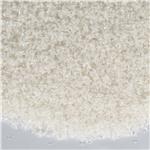
- $0.00 / 1kg
- 2025-06-20
- CAS:51-43-4
- Min. Order: 1kg
- Purity: 0.99
- Supply Ability: 20tons
- L(-)-Epinephrine
-
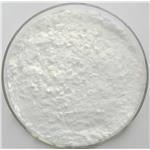
- $100.00 / 1KG
- 2025-06-03
- CAS:51-43-4
- Min. Order: 10KG
- Purity: 0.99
- Supply Ability: 20tons




